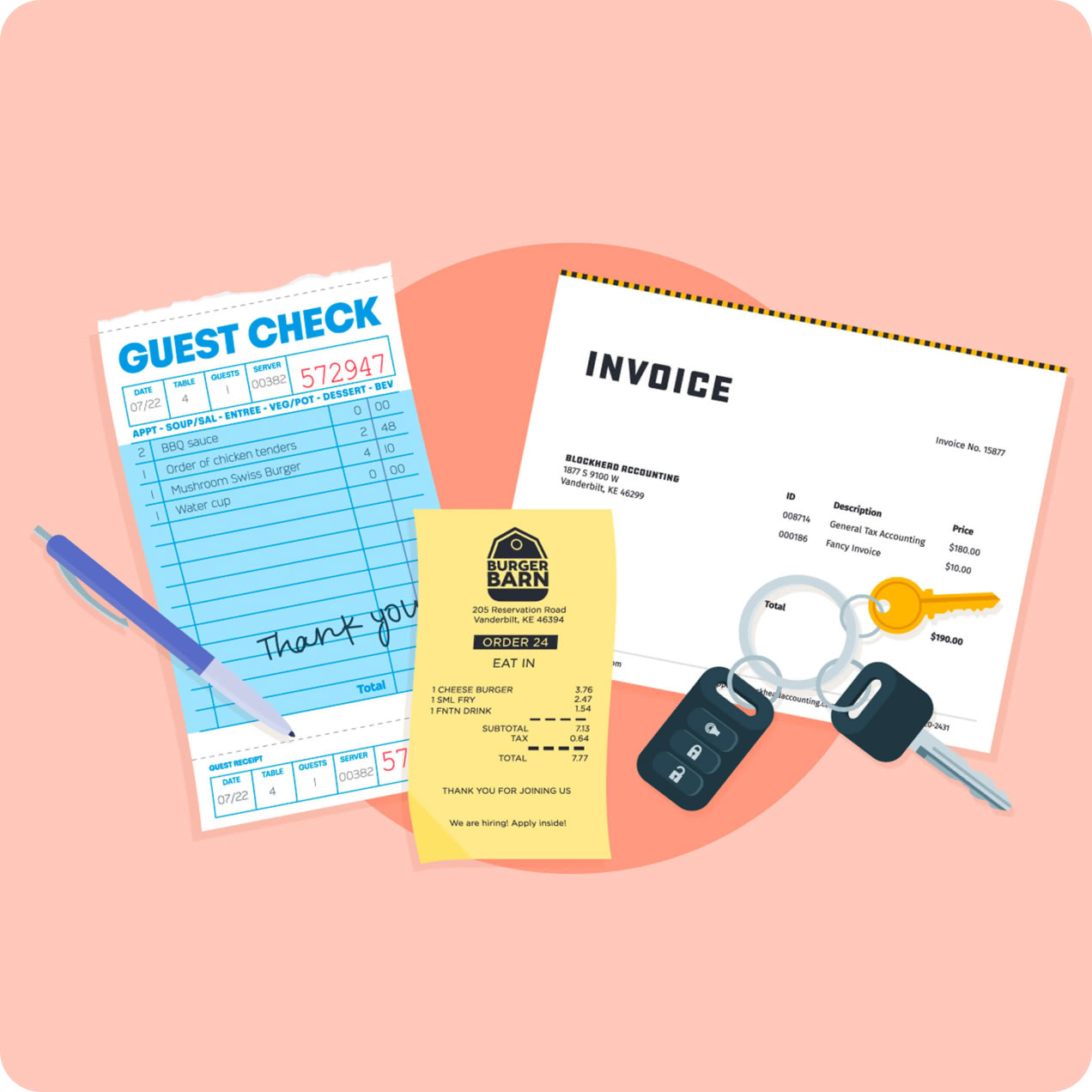
Here's how Advanced Budgeting aligns with curriculum standards in Utah. Use the filters to change the location, set of standards, and grade level.
General Financial Literacy
STRAND 1: Students will understand basic economic concepts and develop economic thinking critical to making personal financial choices.
Standard 1: Understand how basic economic principles affect personal financial choices.
STRAND 2: Students will understand the factors that influence personal financial priorities and learn how to make rational decisions.
Standard 1: Analyze the role of emotional, cultural, and social influences on financial behavior.
Standard 2: Define a rational decision‑making process.
STRAND 3: Students will understand sources of income and the relationship between career preparation and lifetime earning power.
Standard 1: Identify sources of income and specific employability skills.
STRAND 4: Students will evaluate saving methods and investment strategies.
Standard 1: Describe and discuss financial institutions and demonstrate how to manage personal financial accounts.
Standard 2: Discuss the pros and cons of saving.
STRAND 5: Students will understand principles of personal money management, including budgeting and managing accounts, and the role and impact of credit on personal finance.
Standard 1: Identify and explain the process of budgeting based on projected income and expenses.
Standard 2: Describe and discuss the impact of credit and debt on personal money management.
Standard 3: Explain and understand credit reports and the significance of credit scores.
Standard 4: Understand the importance and complications of the three big expenses: housing, cars, and education.